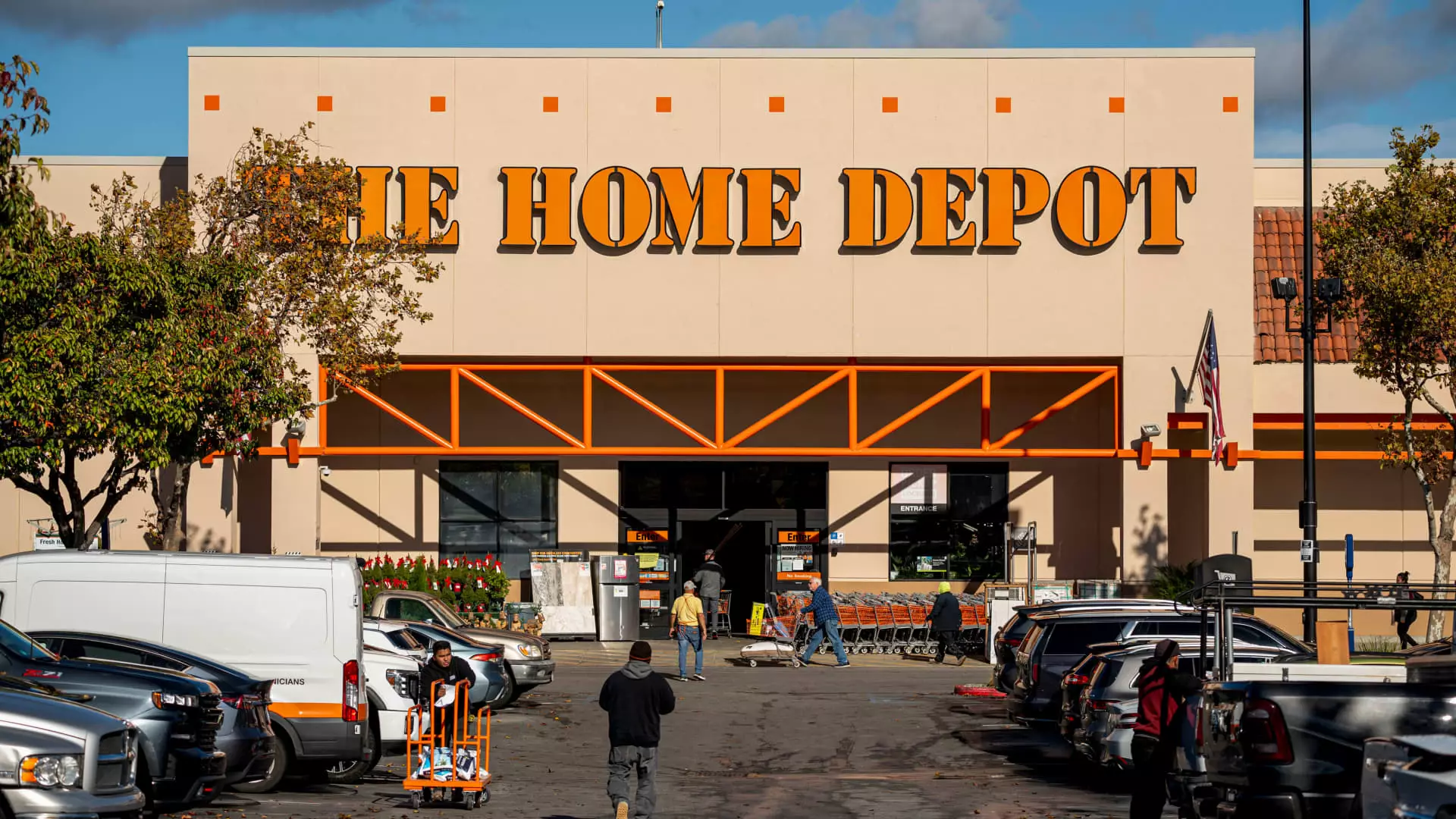Home Depot’s recent announcement to acquire GMS, a major building products distributor, for approximately $4.3 billion is more than just a headline-grabbing transaction—it represents a calculated pivot toward the professional contractor segment. In the home improvement industry, where retail sales to everyday consumers have plateaued due to economic pressures like high mortgage rates and borrowing costs, Home Depot is making a savvy bet on the steadier, wealthier clientele: electricians, roofers, and commercial renovators. This sector tends to maintain consistent demand despite economic fluctuations, making it a far more reliable revenue source. The acquisition reflects a bold strategy to capture a lucrative slice of the market that often requires bulk, high-margin products not typically favored by casual DIY shoppers.
Why the Pro Market is the Smart Growth Engine
Home Depot’s continued focus on professional customers is a recognition of changing market dynamics that many retailers ignore. DIY enthusiasm, once the backbone of home improvement sales, is waning as fewer homeowners embark on large projects amid uncertain economic conditions. The jump to pro sales is not merely a defensive move—it’s an offensive growth strategy. Professionals tend to purchase more frequently, spend more per transaction, and rely on trusted distributors for critical supplies. By bringing GMS into its fold through its subsidiary SRS Distribution (which itself was acquired last year for a hefty $18.25 billion), Home Depot is consolidating its hold on distribution channels that cater exclusively to pros, securing an ecosystem that fuels recurring business and higher margins.
Fending Off Corporate Raiders: A Victory for Strategic Ownership
The move to buy GMS did not come without competition. Billionaire Brad Jacobs and his company QXO launched a hostile bid, offering around $5 billion for GMS. Home Depot’s ability to outmaneuver this aggressive play is a testament to its long-term vision for the pro market and its readiness to invest significantly to maintain control over key assets. Hostile takeovers often bring unwanted instability and short-term disruption—Home Depot’s acquisition ensures a smoother integration and alignment with its existing operations. This battle also illustrates the value Home Depot places on GMS’s network and market reach, which are critical to its ambitions.
Integration Challenges and the Costs of Overexpansion
Despite the positive outlook, Home Depot’s aggressive acquisition strategy is not without risks. The company has now invested nearly $23 billion in SRS and GMS combined, a financial commitment that could strain its balance sheet and operational focus. Large-scale integrations historically encounter execution pitfalls—cultural clashes, supply chain disruptions, and managerial distractions can erode expected synergies. Shareholders, sensing these risks, have reacted cautiously, with slight dips in Home Depot’s share price post-announcement. This caution is warranted; while targeting professional customers is smart, rare is the company that flawlessly navigates multi-billion-dollar acquisitions without hiccups.
Timing Is Critical But Not Everything
Home Depot’s expansion into professional supply distribution comes at a moment when housing market dynamics are unfavorable for traditional DIY consumer growth. Yet, the broader economic environment remains volatile, with inflationary pressures and possible recessions looming that could ultimately impact even the professional segment’s spending. The company projects a modest 2.8% sales growth for the fiscal year, signaling tempered expectations. This cautious optimism is understandable, but it also suggests that success will depend on Home Depot’s ability to innovate service offerings, deepen professional relationships, and differentiate from competitors in a crowded field. Simply acquiring GMS won’t guarantee market dominance; execution excellence post-acquisition will be decisive.
In sum, Home Depot’s commitment to the professional contractor market through this hefty purchase is a commendable and arguably necessary evolution for the company. However, the gamble is far from risk-free, requiring sustained strategic rigor and operational excellence to justify the sizable price tag and fend off sector headwinds. Only time will reveal whether this expansion marks a new era of growth or a costly misstep.

